Radiology plays a central role in modern healthcare, providing doctors with the ability to see inside the body without invasive procedures. At the heart of this advancement lies radiology imaging equipment, which helps in the accurate detection, monitoring, and treatment of diseases. From routine X-rays to advanced MRI scans, these technologies have transformed diagnostics across the world.
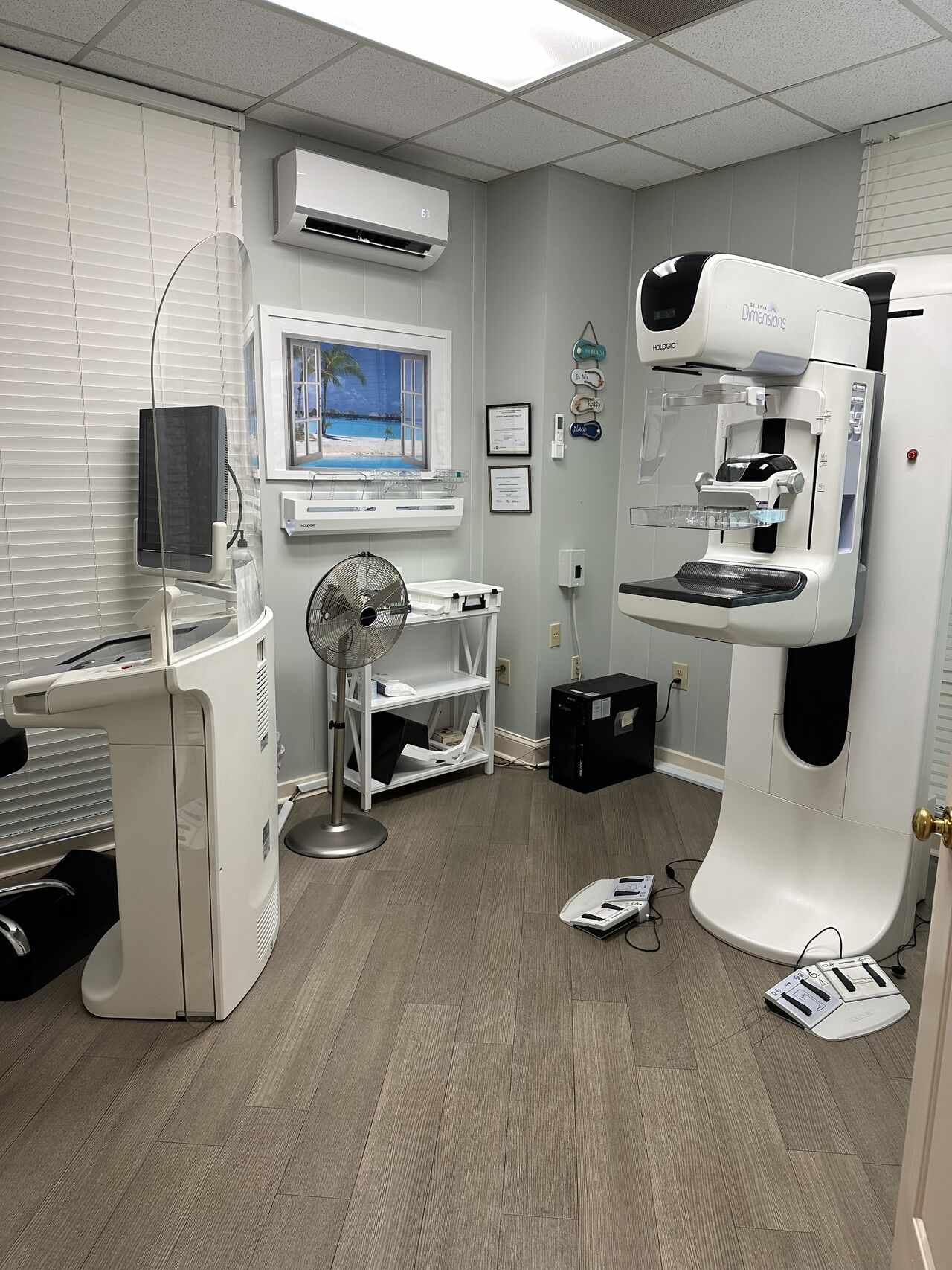
In this article, we’ll explore the most common types of radiology imaging equipment and their uses in healthcare settings.
1. X-Ray Machines
X-ray is the most widely used imaging method in radiology. X-ray machines generate images of bones, the chest, and other structures by passing controlled radiation through the body. They are fast, cost-effective, and essential in diagnosing fractures, infections, and lung conditions. Portable X-ray machines are also becoming increasingly common in emergency and bedside care.
2. Computed Tomography (CT) Scanners
CT scanners use a combination of X-rays and advanced computing to create cross-sectional images of the body. They are invaluable in detecting tumors, internal bleeding, and vascular diseases. With high precision and speed, CT scans are often the first choice in emergency rooms and for detailed internal examinations.
3. Magnetic Resonance Imaging (MRI) Systems
MRI machines use magnetic fields and radio waves to produce highly detailed images of soft tissues, such as the brain, spinal cord, joints, and organs. Unlike X-ray and CT, MRI does not use ionizing radiation, making it a safer option for certain patients. Its unmatched clarity in soft tissue imaging makes it a vital diagnostic tool.
4. Ultrasound Equipment
Ultrasound machines use high-frequency sound waves to create live images of the inside of the body. They are widely known for their role in monitoring pregnancies, but they are equally important in examining the heart, liver, kidneys, and blood flow. Portable ultrasound systems have expanded their use into point-of-care diagnostics.
5. Nuclear Medicine Imaging Systems
Nuclear medicine involves injecting small amounts of radioactive tracers into the body to visualize organ function. Equipment like PET (Positron Emission Tomography) and SPECT (Single Photon Emission Computed Tomography) scanners are commonly used in oncology, cardiology, and neurology. These tools provide both structural and functional insights, giving physicians a deeper understanding of diseases.
The Role of Radiology Imaging Equipment in Healthcare
Each type of radiology imaging equipment serves a unique purpose, and together they provide a comprehensive view of the human body. Hospitals, diagnostic centers, and private practices rely on these technologies to deliver timely and accurate diagnoses, improving patient outcomes while reducing unnecessary invasive procedures.
Choosing the Right Equipment
For healthcare providers, selecting the right imaging equipment depends on patient needs, budget, and technological goals. Whether upgrading existing systems or investing in refurbished options, choosing the right equipment can significantly enhance diagnostic capabilities.
Radiology imaging equipment is the backbone of modern diagnostics, offering unparalleled insights into patient health. From X-ray to MRI, each machine has its unique role in ensuring accurate, efficient, and safe medical care.
For healthcare facilities looking to invest in reliable imaging solutions, Innovative Radiology provides expert guidance and access to quality equipment tailored to clinical needs. Their commitment to advanced technology and service ensures that providers can deliver the best possible care to their patients.
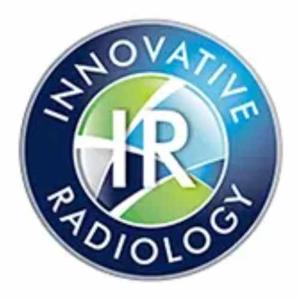
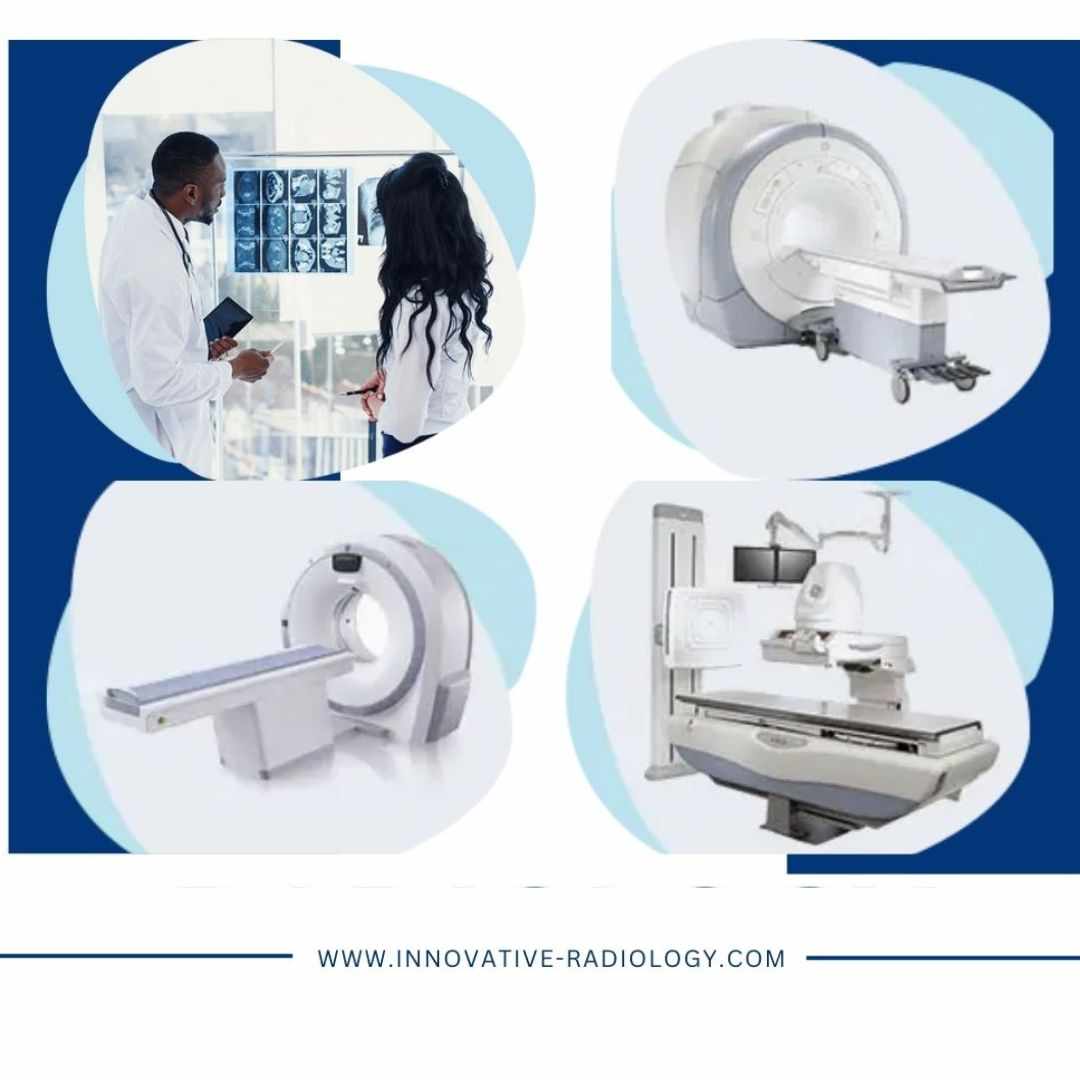
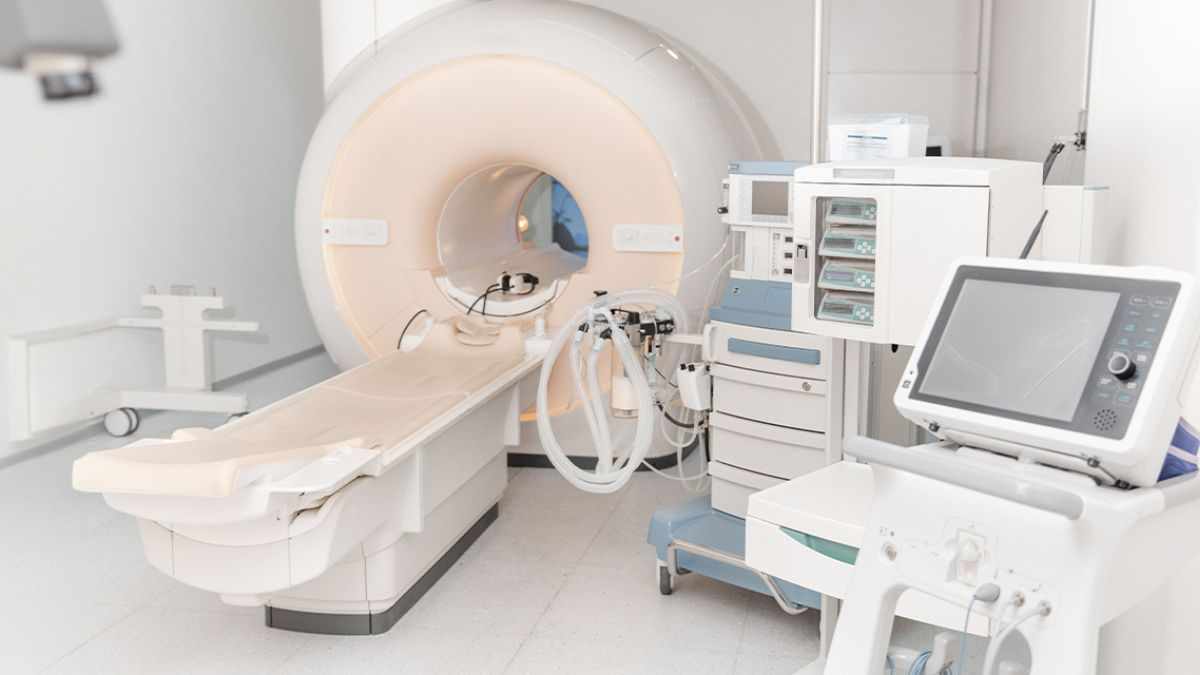
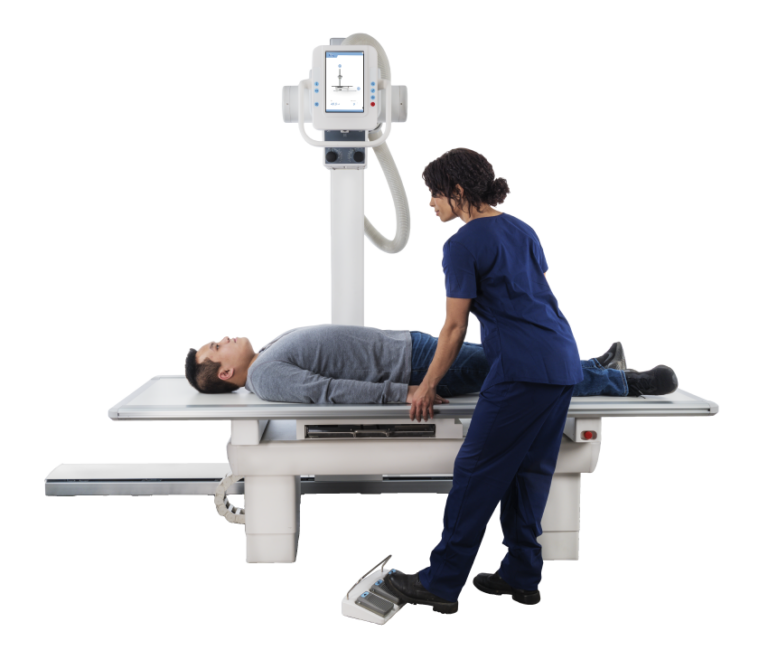
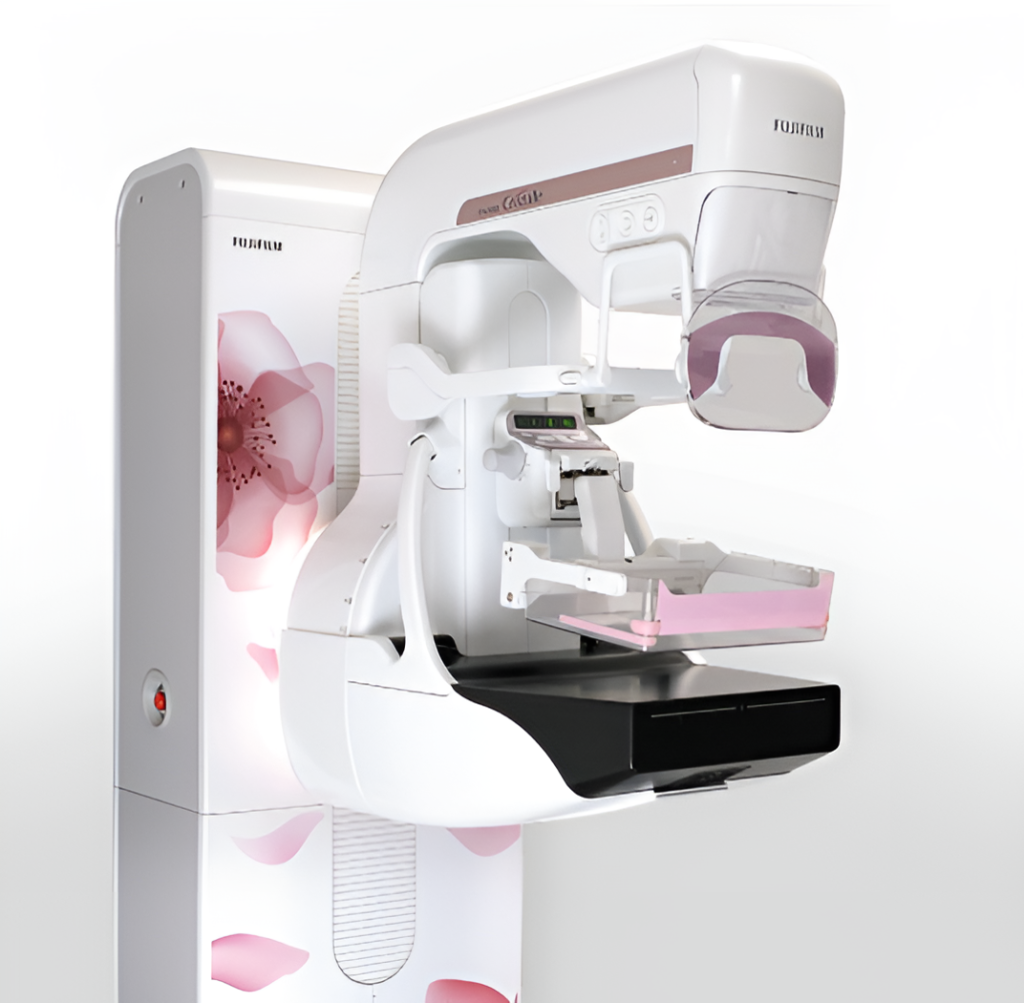


Write a comment ...